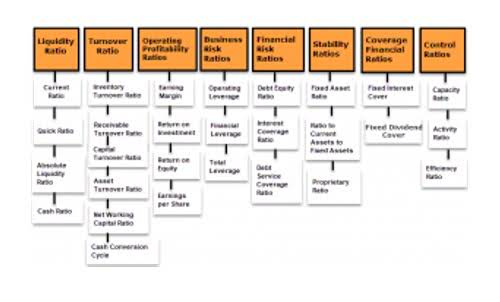
Investors put in $4M in equity contributions, meaning $4M was raised for real estate cash flow the deal across all investors. The property generated $2M in cash flow over 5 years and sold for a profit of $6M. A syndication deal offers plenty of benefits, especially multifamily syndication deals. Apartment complexes and condominiums are able to generate a strong and consistent cash flow. They also worry less about vacancies since there are multiple units to be filled up.
IRR and Equity Multiple – An Example

Conversely, the Equity Multiple does a great job of measuring the absolute return, but a poor job of accounting for how long it takes to achieve it. Together, these investment metrics can provide a more complete picture of an investment’s total return potential/total profit. When considering a commercial real estate investment opportunity, calculating the projected equity multiple is a crucial step in determining its potential profitability. To do this, investors need to estimate the property’s expected cash flows over the intended holding period, including rental income, operating expenses, financing costs, and projected sale proceeds. First, “total cash distributed” is the total cash distributions received throughout the holding period plus the initial equity multiplier equity invested. This number includes all cash flow distributions and profits, including profits from periodic events such as cash-out refinances, equity recapitalization, and exits.

Multiplying Your Wealth: From $1M to $10M with Multifamily Real Estate
- This may involve calculating market- or sector-specific equity multiple benchmarks or working with experienced real estate professionals who have access to relevant market data and insights.
- It is the discount rate at which the net present value of the cash flows from the project is zero.
- In our example above, an equity multiple of 2.50x simply means that for every $1 invested into the project, an investor is expected to get back $2.50 (including the initial $1 investment).
- Commercial real estate can be a great way to grow and diversify your investment portfolio.
This short article will explain what it an equity multiplier is, how it is calculated, and how it can be used to gauge the performance of a specific syndication investment. Overall, syndication deals are a great source of passive income for accredited investors. But if you are qualified, this is an amazing investment opportunity that allows you to participate in real estate investing without managing an entire building by yourself.
How to Calculate Equity Multiple: The Equity Multiple Formula in Real Estate

There are several benefits to using the equity multiple to measure performance. Firstly, it is a simple ratio to calculate, and it can be easily understood. You will see how an investor can use these tools to evaluate potential investments. Many investors confuse a property’s EM for its IRR (internal rate of return).

How to Calculate Using the Equity Multiple Formula
- The data points and actual math required for equity multiple calculation are basic, especially when contrasted with what’s needed for other return metrics, such as the internal rate of return.
- The total cash distribution is the sum of the positive cash flows from Years 1 to 5, which amounts to $4 million.
- The cash-on-cash return offers a “snapshot” of the annualized return relative to the cash investment, with consideration toward only the cash income generated by the property.
- The reason why these two indicators are often reported together is because they complement each other.
An equity multiple of 2.0 indicates a total return of 100% over the investment period. Here we will discuss equity multiple in commercial real estate, what a good equity multiple looks like, and how to evaluate real estate investments using this metric. Real estate is a powerful vehicle for investors who want to diversify their investment portfolio and enjoy consistent returns. Residential and commercial real estate both have What is bookkeeping the potential to provide these benefits. But investors need to understand how to compare potential investment opportunities effectively. Horizon Pension Fund’s primary performance metric for this strategy is the unlevered equity multiple.
- The timing of cash flows can have a significant impact on the overall attractiveness of an investment, particularly for investors who have specific cash flow needs or investment horizons.
- In the example above, at the end of the 10 year holding period, you will achieve an equity multiple of 3.53x.
- Housing prices increased 50% during this period, and the property was sold for $750,000.
- In the world of real estate investing, this is a metric that can calculate the expected total return on an investment.
- In private multifamily deals, a solid equity multiple could be anywhere from 1.5x to 2.2x and depends on how long that hold period was.
- In this article, we’ll explore how to recession-proof your commercial property—from tenant strategy and expense controls to financing and future repositioning.


